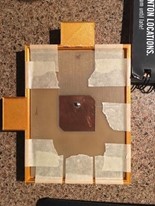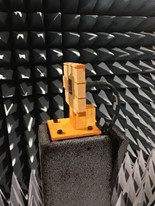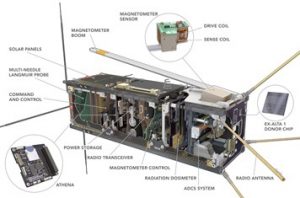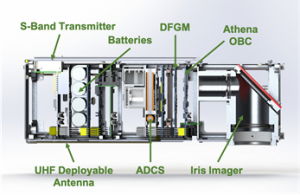Ex-Alta 1 vs Ex-Alta 2
This page gives an overview of the differences between Ex-Alta 1 and Ex-Alta 2. These are the firsts of a planned series of satellites. AlbertaSat is currently developing a suite of cubesat systems that will be used on future missions.
To learn more about the software differences check out Ex-Alta 1 vs Ex-Alta 2 – Software
To learn more about the differences in the science check out Ex-Alta 1 vs Ex-Alta 2 – Science
Ex-Alta 1

Ex-Alta 1 satellite was part of a large international project called QB50 coordinated at the Von Karman Institute for Fluid Dynamics in Belgium.
Ex-Alta 2
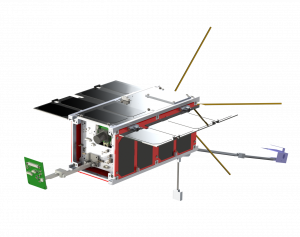
Ex-Alta 2 satellite was a part of a large national project called the Canadian CubeSat Project (CCP) coordinated by the Canadian Space Agency (CSA).
Ex-Alta 1 had four payloads:
| Ex-Alta 2 has two payloads:
|
The importance of studying space weather
Space weather affects the health of satellites in orbit, radiation exposure of personnel in airplanes, power infrastructure on Earth, and life on Earth in general.
Objective: To obtain data that will further our understanding of space weather, ultimately helping us predict and prepare. | The importance of studying wildfires
Wildfires lead to burning of millions of acres of land across the world every year. For example, about 4.7 million acres were burned in the year 2019 alone. This dramatically affects many communities across the world. Additionally, rising global temperatures are leading to an increase in the number and intensity of wildfires every year.
Objective: The data collected will help us better understand the start and spread of wildfires so we can better prevent disasters like the one Albertans saw in Fort McMurray in 2016. |
|
 |
GomSpace P31uS NanoPower electrical power system (EPS) 
Battery:

Solar Panels:
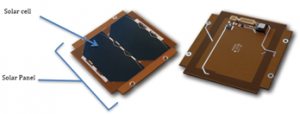  | NanoAvionics Electrical Power System “EPS”
Battery:
Solar Panels:
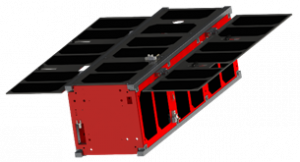 |
OBC for Ex-Alta 1:
| OBCs for Ex-Alta 2: Athena:
COTS OBCs: Backup system
The 3 OBCs listed above are being considered alongside Athena as the OBC put into Ex-Alta 2.  |
Surrey Space provided the CubeSpace Y-momentum ADCS. It controlled the orientation of the satellite using three magnetic coils and one weighted reaction wheel. It consisted of:
GPS:
| Ex-Alta 2 will use the CubeSpace 3 Axis ADCS, which consists of:
Ex-Alta 2’s GPS isn’t interfaced through the ADCS GPS: The GPS system integrated with Ex-Alta 2 will be made up of two components
|
Magnetometer boom:
 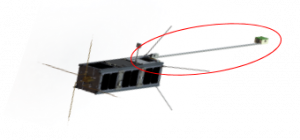 |
 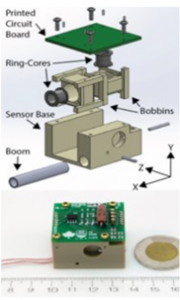 |
Payload: Multi Needle Langmuir Probe (MNLP) Purpose
Specifications
MNLP boom system:
MNLP electron emitter:
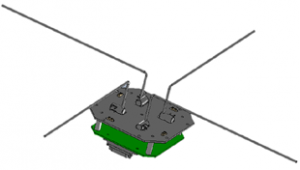 | Payload: Iris Imager
Parameters of image data
Specifications:
| |||||||||||||||||||||||||||||||||||||||||||||||
Communication between Ex-Alta 1 and Ground Station was only via Ultra High Frequency (UHF) Band UHF Band:
   | Communication between Ex-Alta 2 and Ground Station is via Ultra High Frequency (UHF) and S-Band UHF Band:
 S-band:
|
Orbited the Earth at an altitude of 415 km for up to 18 months before burning up during re-entry. Launched to the International Space Station (ISS) April 18, 2017 from Cape Canaveral Air Force Station and was deployed from ISS on May 26, 2017. Its work ended on November 14, 2018. Averaged 4 to 5 passes over Edmonton per day. | Set to orbit the Earth at a maximum altitude of 410 km for 1-2 years. Currently in the works and set to launch in March 2022. Based on Satellite Tool Kit (STK) simulations, there will be 5 passes a day (only for the case of UHF passes). |
| Total Program Cost: $500,000 | Estimated Program Cost: > $500,000 |
By Viet Quang Nguyen
This page was last updated June 2025





















